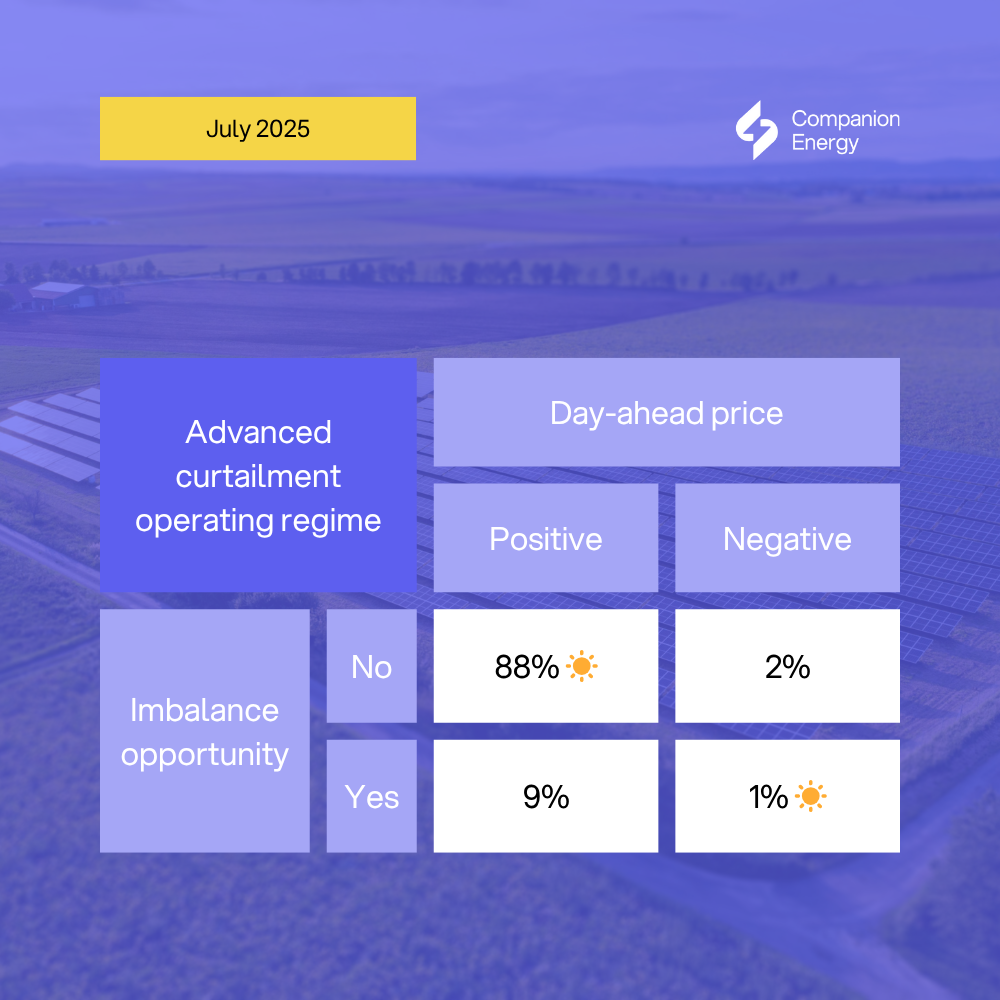As the world shifts towards more sustainable energy practices, many companies are exploring ways to match their energy consumption with renewable energy production. Historically, this matching has mostly been done on an annual basis, where a company ensures that the total amount of renewable energy procured over the year equals their total energy consumption. However, this approach doesn't account for the fluctuations in energy production and consumption that occur throughout the day. The new trend in energy sustainability is hourly renewable energy matching, which aims to align consumption with renewable generation on an hour-by-hour basis. This blog post explores the impact of transitioning from annual to hourly renewable energy matching using a simple impact scenario modeling of one of our customers. We will also discuss how companies can leverage demand-side flexibility to bridge the gap in hourly matching.
Understanding the impact through scenario modeling
To illustrate the differences between annual and hourly matching, let's consider a case study of one of our customers. The impact of hourly renewable energy matching has been modeled considering their consumption profile and production profiles in their local market. Note that the profiles have been normalized to 10 GWh per year.

The table below shows the impact of hourly renewable energy matching for various scenarios of energy consumption, renewable energy production, and demand-side flexibility:

Key takeaways:
- Hourly matching is challenging: Via annual renewable energy matching, it is merely a procurement exercise to reach a 100%-matched energy consumption. In the more granular hourly matching scenario, the matching percentages drop significantly. For instance, with 100% PV, the match is only 37% hourly. This is due to the intermittent nature of solar energy, which doesn't generate power at night or during cloudy periods.
- Mixing renewable sources helps: Combining 50% PV and 50% wind improves the match significantly. This combination leverages the different production times of solar and wind energy, offering a more consistent supply.
- Developing energy flexibility helps: Adding flexibility enhances the matching too. Energy consumption flexibility can significantly help in smoothing out the discrepancies between energy production and consumption. Let’s zoom in on this.
Flexibility: the key to hourly matching?
As solar- or wind-based renewable energy generation is intermittent by nature, companies need to embrace demand-side flexibility to achieve better alignment between energy consumption and renewable energy generation on an hourly basis. This involves adjusting energy usage patterns to match the availability of renewable energy.

By implementing advanced energy management systems, companies can predict their energy balance (production of energy and consumption of energy) and adjust consumption in real-time. This allows to reduce Scope II emissions. While doing that, they can also achieve significant cost savings as well. Win-Win!
Do you want to discuss what hourly renewable energy matching means to you?
Book a meeting via this link.


%20(1).png)

.png)




